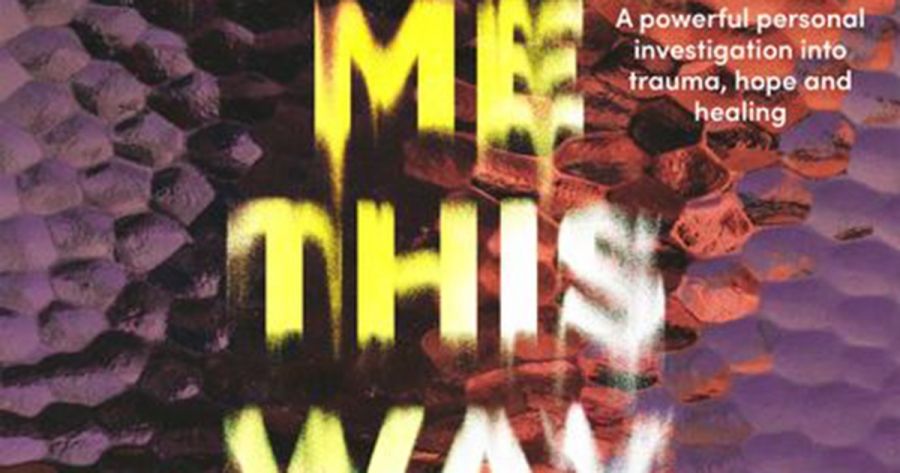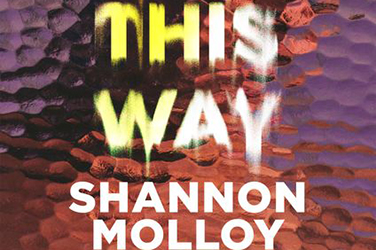
- Free Article: No
- Contents Category: Memoir
- Review Article: Yes
- Article Title: Death in secrecy
- Article Subtitle: Shannon Molloy’s new memoir
- Online Only: No
- Custom Highlight Text:
Shannon Molloy’s 2020 memoir, Fourteen, recounted a childhood and adolescence of grisly homophobic violence. Yet many readers of that book – a bestseller, adapted for the stage and optioned for a film production – may find You Made Me This Way noteworthy in part because it reveals what Fourteen left out: the sexual abuse Molloy suffered, beginning at age five, at the hands of an older boy. This omission underscores one of the book’s central theses, that on average male victims of child sexual abuse find it harder than female victims to disclose their experiences. A conditioned reticence with grave implications – ‘[t]here is death in secrecy’. Molloy’s book, a hybrid of autobiography and journalism, takes socially important steps in assessing – and humanising – these implications.
- Featured Image (400px * 250px):

- Alt Tag (Featured Image): Anders Villani reviews 'You Made Me This Way' by Shannon Molloy
- Book 1 Title: You Made Me This Way
- Book 1 Biblio: Fourth Estate, $34.99 pb, 344 pp
- Book 1 Cover Small (400 x 600):

- Book 1 Cover (800 x 1200):

You Made Me This Way examines men’s experiences after child sexual abuse as distinct from women’s experiences, and the related question of why men are ‘less likely to ask for help’. Molloy’s findings are unsurprising and embedded in broader issues with masculinity. In one interview, for example, the psychiatrist Ian Hickie notes that ‘women share more of their emotional lives with other people – including the sharing of trauma’. Hickie also points to a decline in the social groups – sports clubs, churches, unions – to which men belong. Another expert, Carol Ronkin, makes the upsetting observation that for some victims whom a male perpetrator abused, the possibility of appearing homosexual can forestall disclosure. Above all, for Molloy, it is shame that silences men, a ‘relentless demon that burrows itself within the deepest recesses of their psyche and can never really be exorcised’. The book’s strength is to evoke these forces of concealment through the testimonies of six men, as well as the partner of a victim who ended his life. Combining journalistic interviews with dramatic retellings of abuse and its aftermath, Molloy brings the reader into intimate contact with such trauma as men live it: in confusion; in shame; in self-blame – ‘the utterly toxic notion that we played some part’. Abuse survivors and those close to them will likely know this cocktail. Some scenes may test the reader’s capacity ‘to no longer look away’. Yet by telling such stories, Molloy helps to redress another problem he identifies: the under-representation of male experiences in the social discourse around child sexual abuse. The poet Louise Glück puts it succinctly: ‘where the gaze is held, voice, or response, begins’.
Molloy’s book is also an indictment of the lack of support – medical, social, judicial – for survivors: ‘only a little above bugger-all is done to help men who were sexually abused as children’. Molloy takes issue, for example, with the outsized role that volunteer-run organisations play in offering men safe spaces to disclose abuse and seek support. Particularly scathing is his attack on the cross-examination techniques to which defence barristers are permitted to subject victims. Knowing what we know about memory, is the ability to recall under pressure precise details of horrific childhood events without inconsistencies – such as, say, the location of a wall – a fair test of truth? After reading the testimonies of men whom the futile attempt to bring their abuser to justice retraumatised, it is difficult to argue with Molloy’s demand to make courtrooms ‘more physically safe spaces, examine every single interaction a survivor has with them, and redesign them to suit’. It is difficult, also, to argue with Molloy’s assessment of the nation’s mental health system: ‘How, in one of the wealthiest countries in the world … are people who need urgent help expected to simply … wait? And then pay a small fortune for it?’ Given the success of Fourteen, Molloy commands the sort of public profile that could catalyse change.
The book ends, as it must, on a redemptive note: ‘hope reminds us that we have the capacity to cope with trauma’. While this is not masterly prose – Molloy’s gift as a writer is his voice more than his style – the turn towards recovery stresses its partiality, its nonlinearity, its necessary subversion of the restitution narrative. ‘Lately,’ the author admits, ‘I also care less about being 100% fixed.’ Given Molloy’s anguished desire to heal throughout much of You Made Me This Way, this seems a profound shift. It may be the clearest statement of self-compassion in a book that catalogues self-hatred. It calls to mind the philosopher Susan J. Brison’s assertion, apropos of her own horrific assault, that ‘if recovery means being able to incorporate this awful knowledge into my life and carry on, then yes, I’m recovered’. Brison goes on to suggest, in a strange phrase, that ‘maybe recovery is re-establishing the illusory sense of the permanence of hope’. Perhaps what Brison means is that those who have known hopelessness might hope again in view of its impermanence – that is, hope not as a given, but as a hard-won habit of mind. The hope that Molloy proffers here feels of that courageous sort.


Comments powered by CComment